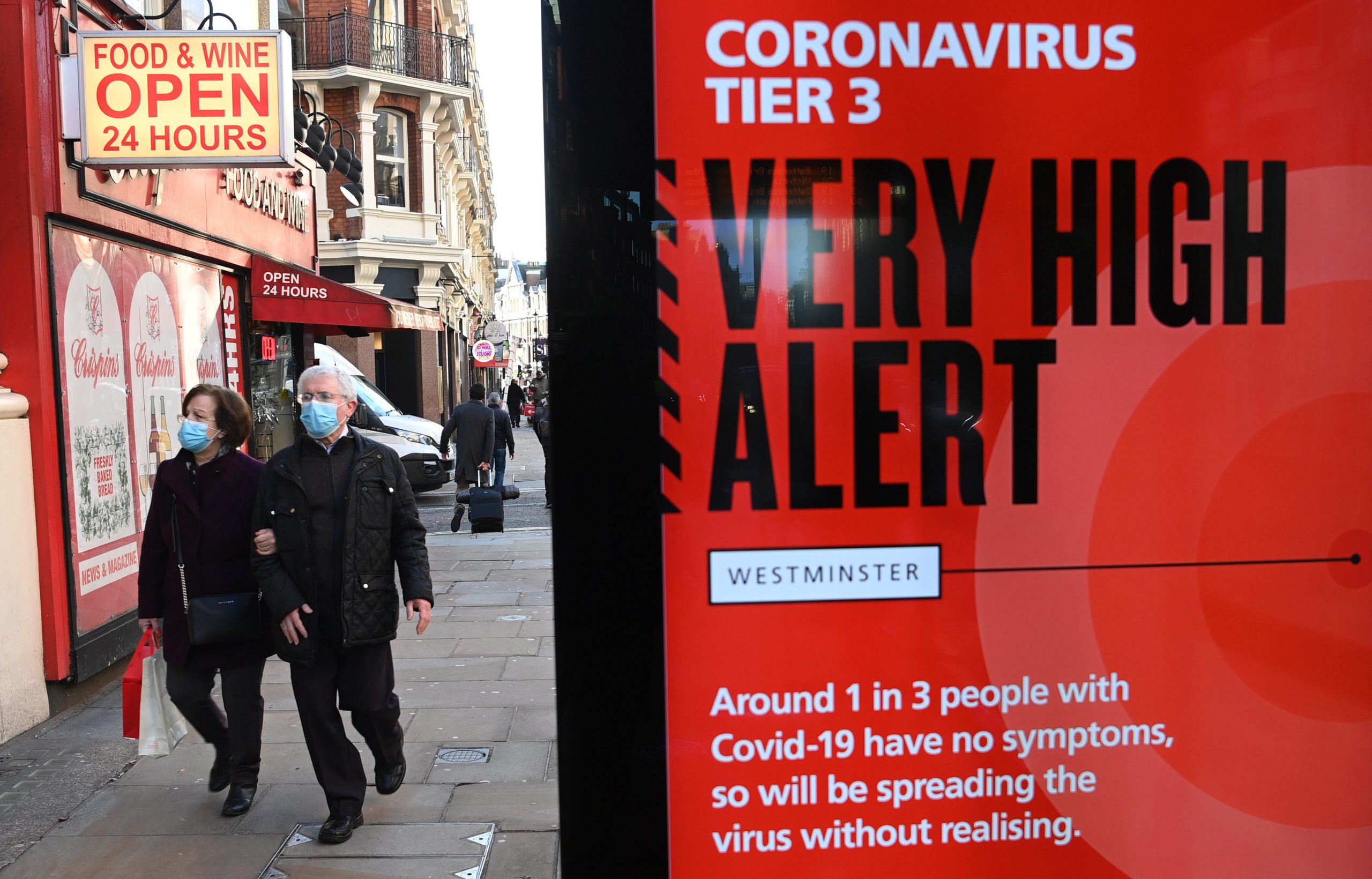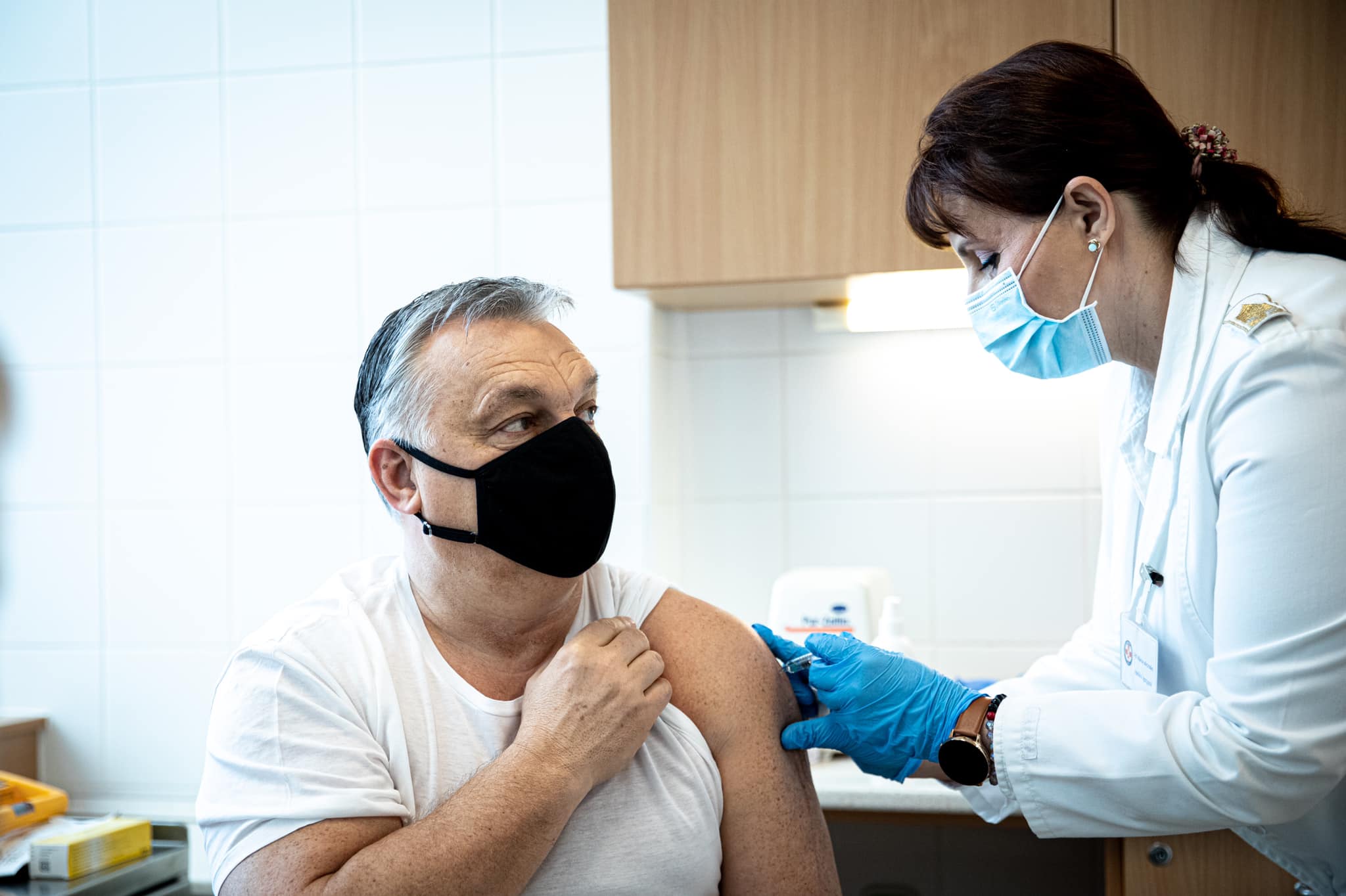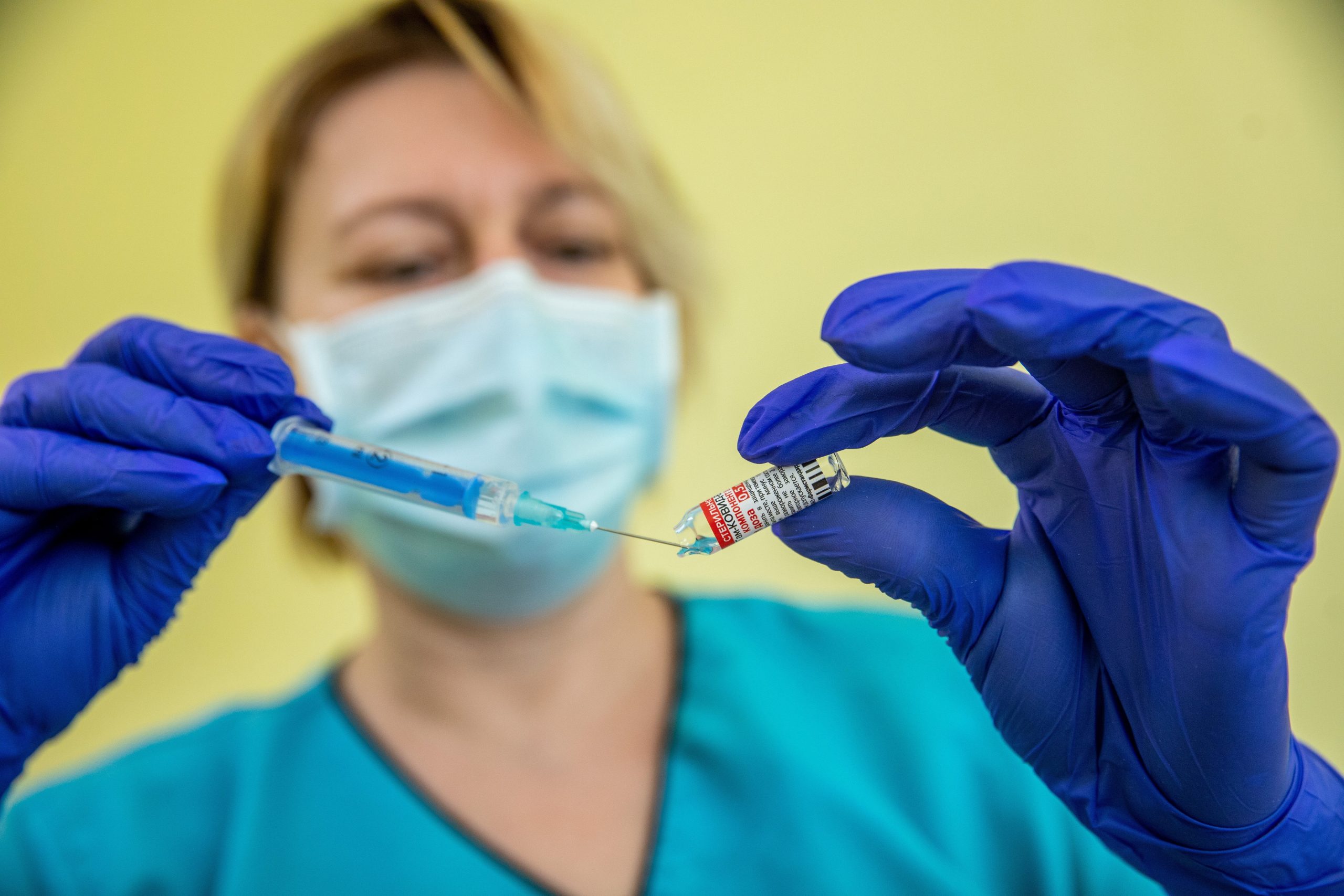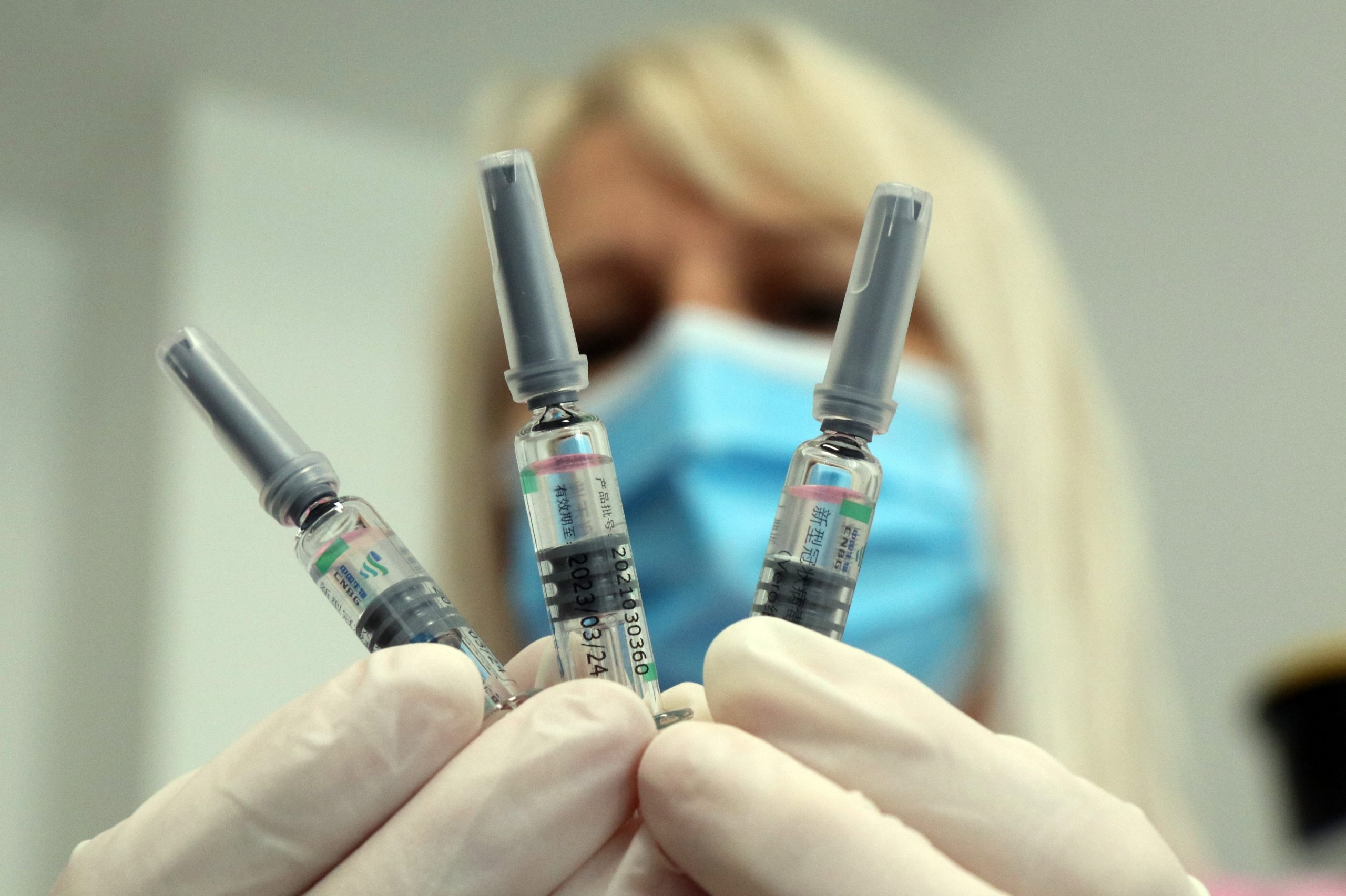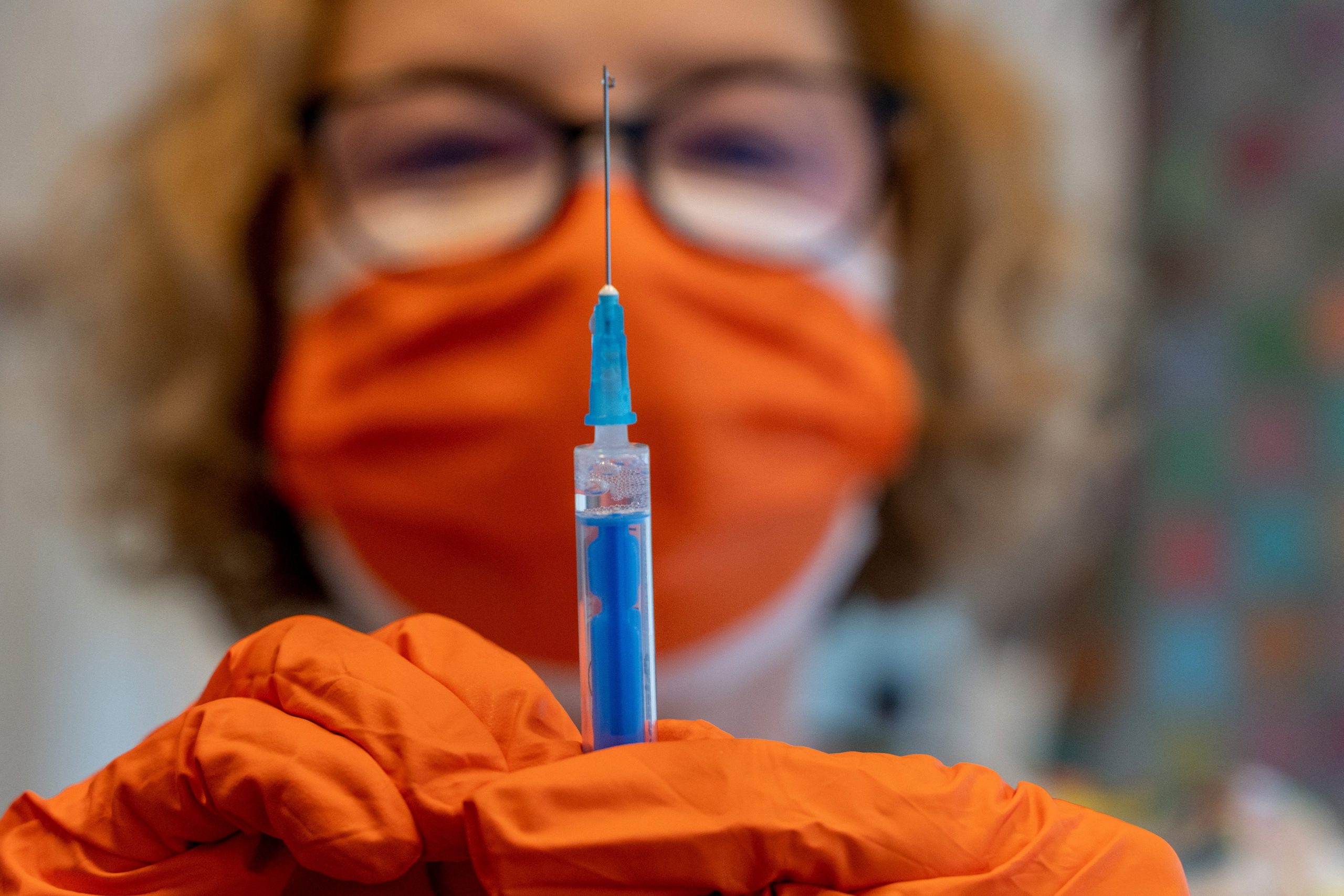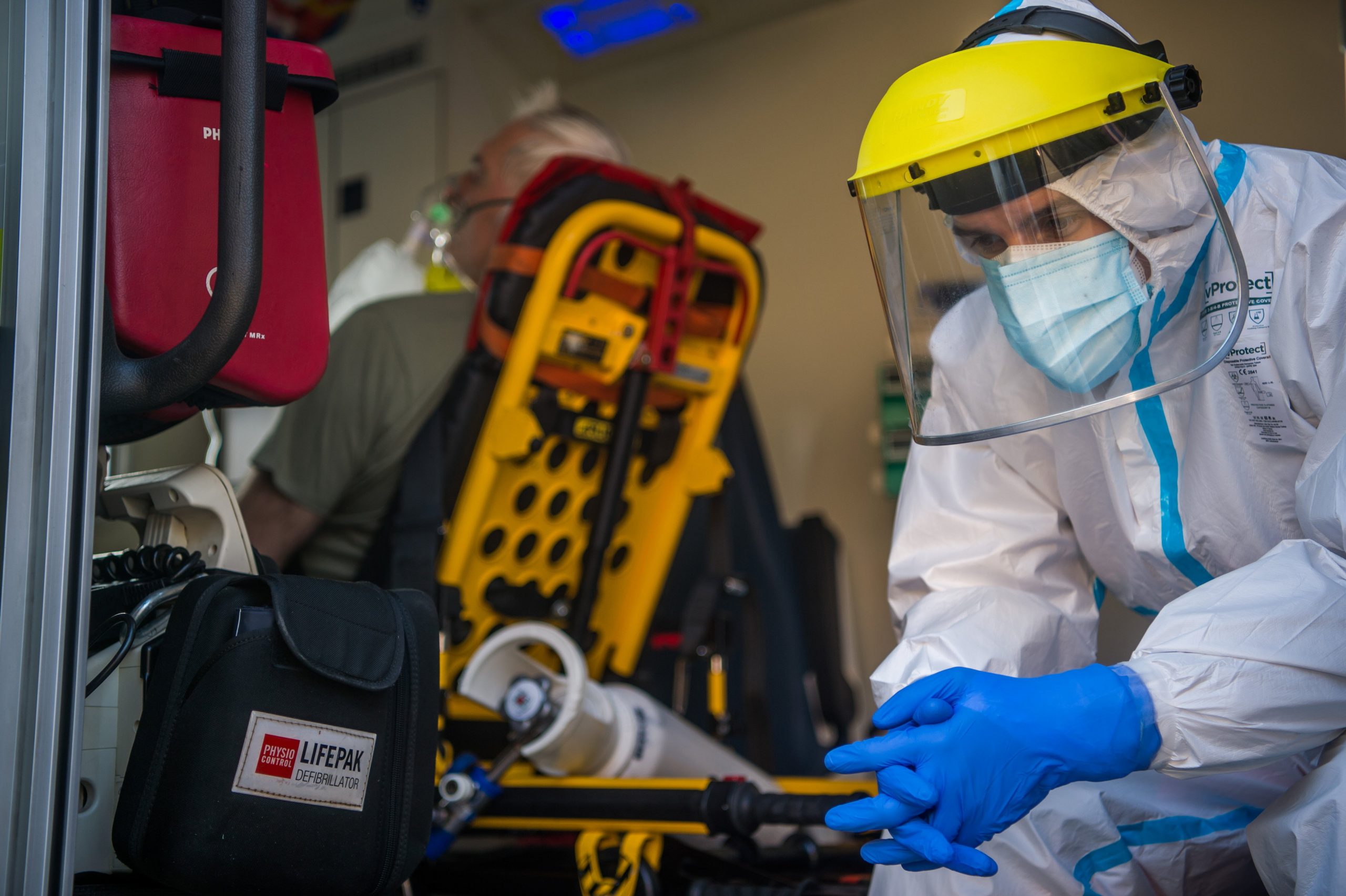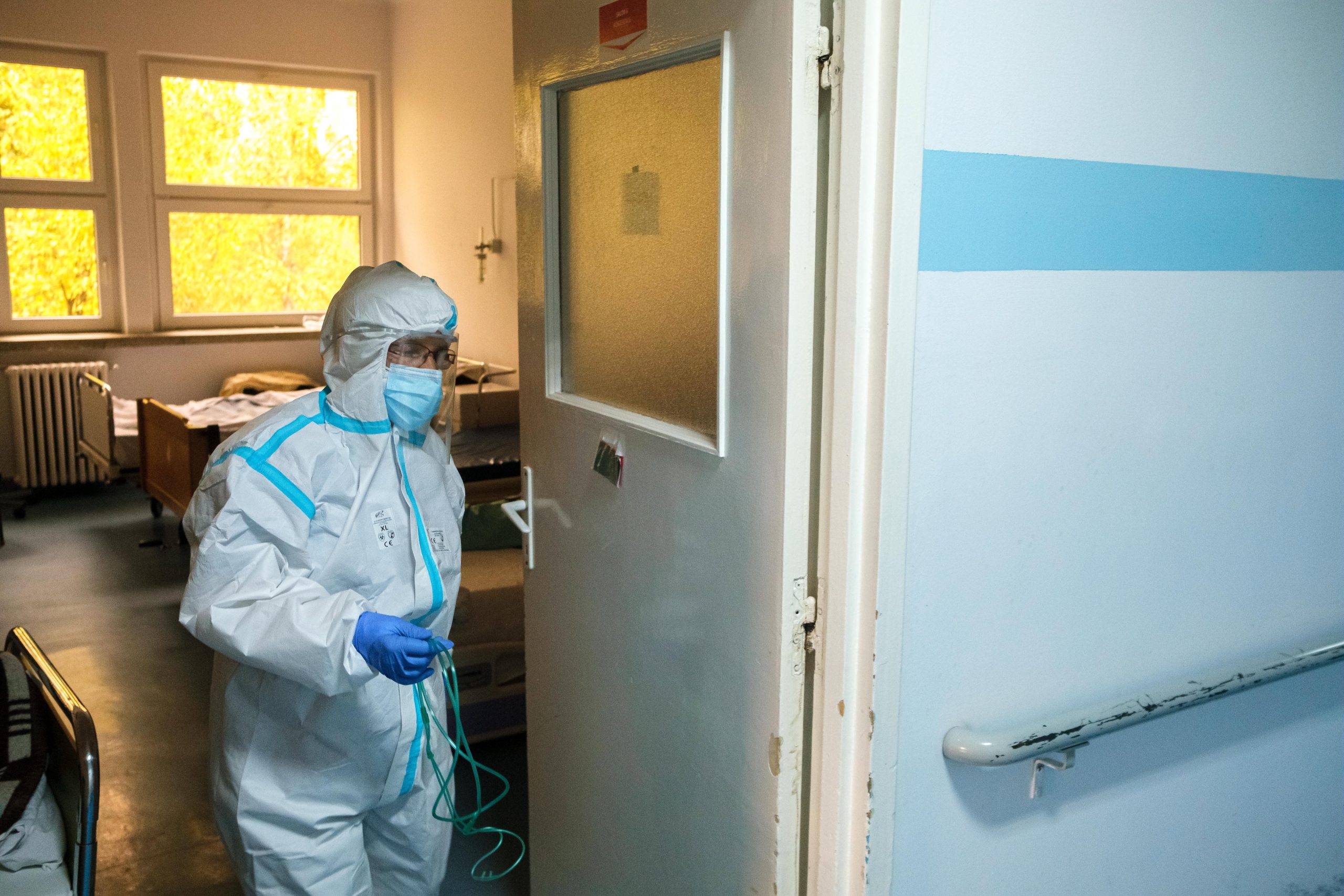The COVID-19 epidemic, which broke out in China in the winter of 2019 and reached Europe in the spring of 2020, has not only damaged the physical health of many of us, but perhaps more importantly, it has impacted our mental health. For almost two years, we have been living in a world that we once thought unimaginable or at most read about in history books. Psychological fatigue and the fact that restrictions are repeatedly introduced and then lifted make people increasingly tense, and by the end of 2021, demonstrations against vaccination and the restriction of people’s rights had multiplied worldwide. How has the Hungarian government dealt with the epidemic this year? How did the pandemic develop in our country this year? What about vaccinations, and what did we expect at the beginning of the various waves? Here is a brief overview of 2021, focusing on the Covid-19 pandemic.
JANUARY
At the beginning of the year, we were still worried about the British mutation, which at the time had not yet been identified in Hungary. However, the vaccination of healthcare workers started and by January 7th, 21,000 of them were already inoculated. Vaccination also started in retirement homes. Vaccine deliveries to Hungary were continuous from then on. Meanwhile, the number of new infections in Hungary was more than 1,000 almost every day during these times. As for travel restrictions: towards the end of January, Ukraine re-classified Hungary as high-risk regarding the coronavirus epidemic. Also, the first national commendations went to Katalin Karikó, inventor of mRNA-based vaccines. The University of Szeged, which she graduated from earlier, awarded her the title of Doctor Honoris Causa for the development of the coronavirus vaccine.”
FEBRUARY
The number of daily new infections consistently exceeded 1,000. Several demonstrations against the Covid measures introduced by the government were held. The first shipment of the Russian coronavirus vaccine (20,000 doses) arrived in Hungary. Despite the high number of new cases and deaths, casinos were allowed to stay open, while the catering and entertainment industries were affected by the strict measures. The British mutation reached Hungary. The public was already talking about a third wave. A so-called “National Consultation” survey was launched by the government to ask people’s opinions about the Coronavirus measures.
MARCH
The number of new cases was constantly growing (record number of the month: 11,132) and an increase in the number of deaths could be observed as well. Vaccination is the only possible defense against the coronavirus epidemic, Prime Minister Viktor Orbán said after getting the Chinese Sinopharm vaccine. A 16-year-old girl was the youngest victim of the coronavirus in Hungary. Hungary’s government started taking strict measures in the hope that the third wave of the coronavirus pandemic can be fought and life can return to normal by Easter. At the time, statistics showed us that more young people were hospitalized with severe Covid-19 symptoms than before. The number of artificially ventilated patients increased continuously, but so did the number of vaccinated people. The results of the government’s National Consultation survey showed that people wanted a gradual reopening. By the end of March, there were nearly 2 million people who had already been vaccinated.
APRIL
The pandemic unfortunately did not spare Easter. On Holy Saturday and Easter Sunday there were a total of 15,203 newly infected people and 453 deaths. Evangelical Bishop Tamás Fabiny stressed the importance of priority vaccination of pastors and priests. The opposition criticized with increasing intensity the government for the too mild measures and high number of deaths. A 14-year-old girl became the youngest victim of Covid-19. When Hungary reached 3.5 million people who were administered at least the first dose of a vaccine, reopening of the country started, but at the same time the state of emergency was also prolonged.
MAY
At the beginning of May, the number of new infections and deaths remained high. Baths opened in Hungary on May 1. However, a new mutation appeared on the horizon: the Indian Covid variant. Budapest relaunched its cultural life as well. Hungarian research biologist, biochemist and vice president of BioNTech, Katalin Karikó received many more awards. Sinopharm was approved by WHO, good news for many Hungarians, despite it still causing many difficulties for Hungarians vaccinated with Eastern vaccines to travel freely in the EU. The vaccination of 16-18-year-olds also started. Hungary gave away tens of thousands of unused ventilators in May, which the government had bought earlier for no purpose. After a long time, the previously introduced free public parking measure was lifted.
JUNE
Covid-19 numbers dropped dramatically. Hungary and China agreed that the vaccine factory being built in Hungary will be set up to produce Chinese coronavirus vaccines. Vaccination of foreign citizens also began. Hungary donated vaccines to various countries, mainly Eastern ones, and mainly sent the unpopular AstraZeneca vaccine in addition to ventilators. The European Football Championships were also held partly in Budapest, but the Hungarian capital (or rather the Hungarian government) was the only one among the venues that had allowed the games to be held in a full stadium. In Pozsony (Bratislava), Slovakia, there was particular concern about the epidemiological consequences of the European Championships in Budapest, so the Slovak Ministry of Health asked anyone present at the match to come forward. They were even offered free PCR tests. Germany’s Chancellor’s Office Chief Helge Braun also expressed his concern regarding the packed stadiums.
JULY
Since September 2020, for the first time, there were days when no Covid fatalities were registered. After the number of people who received at least the first dose of a vaccine reached 5.5 million, the government lifted the mask requirement. The number of people infected with Covid in Europe increased again, probably as a result of the European Football Championships, WHO reported. Katalin Karikó was honored with the “Great Immigrant/Great American 2021” award. Hungary donated 200,000 doses of Sinopharm vaccines to Bosnia and Herzegovina. A test of Budapest residents over 60 showed that 24.18 percent of participants vaccinated with Sinopharm did not have adequate immunity against Covid-19.
AUGUST
Just like the previous summer in 2020, there were significantly fewer cases and a low number of deaths in August 2021. The topic of a possible third, booster jab was already a heavily discussed subject, except for teenagers. (Hungary was the first country in the EU to begin administering a third vaccine dose.) “So far we have been lucky with the delta variant of the coronavirus, we should not take any chances! The new, much more infectious variant is here!” warned the Hungarian Medical Chamber in their statement, stressing the importance of face masks. Surprisingly, Hungary’s chief medical officer practically disappeared from the public eye months ago. The information was no longer announced by experts, but mainly by Prime Minister Viktor Orbán and the head of the PM’s Office, as well as from the government website koronavirus.gov.hu. However, in addition to the daily figures, other government measures are also published there that have nothing to do with the epidemic (wage increases, pensions, etc.).
SEPTEMBER
Coronavirus numbers began to rise sharply again. The arrival of a 4th wave was no longer a simple matter of possibility. By September, the government had donated vaccines worth a total of HUF 4.5 billion, i.e., 7.5% of the vaccines delivered to Hungary were given away. Karikó received other awards, including one from the Würzburg University, even Facebook CEO, Mark Zuckerberg honored the Hungarian biochemist on Facebook. Because of the increasing number of people infected with Covid, the surgery waiting lists have become even longer. Despite the pandemic, the International Eucharistic Congress was held with the inclusion of the pope’s visit to Budapest and his celebration of its closing mass. The rising number of cases was attributed to the start of school. The government did not introduce any special measures starting in September, but most schools mandated the use of at least face masks.
OCTOBER
This month was marked by an acceleration in the severity of the epidemic with a drastic increase in new infections and deaths. Viktor Orbán received his third (booster) vaccine. There were more and more schools affected by the virus, where the disease could spread very quickly. The Hungarian National Council of Transylvania (EMNT) and the Hungarian People’s Party of Transylvania (EMNP) organized a trip of Transylvanian Hungarians to the pro-government Peace March in Budapest on October 23 at the anniversary of Hungary’s 1956 revolution. According to some Hungarian virologists, their participation in a mass event was very risky because of the dramatic virus situation in Romania. Re-introduction of compulsory masks came into question again. Hungary’s “laboratory” Austria was already planning strict measures, while Hungary did not want to take any steps yet. This remained the case for weeks. The number of daily deaths was around 20-30. Meanwhile, Hungary decided to admit 50 coronavirus patients from Romania to its intensive care units. Surprisingly, in spite of previous expectations, Katalin Karikó did not receive the Nobel Prize.
NOVEMBER
At days, the number of newly registered cases were around 10,000 or even more. But the most concerning thing was the very high death toll, which put Hungary at the top of the list in Europe and the world. According to a poll conducted by the pro-government Nézőpont Institute before new protective measures were announced, 30 percent of Hungarians favored the government introducing stricter measures to contain the fourth wave of the coronavirus pandemic. Mandatory masks were then reintroduced. Meanwhile, the government still did not publish the exact data on vaccinated and unvaccinated Covid patients. Withholding data on coronavirus is “downright life-threatening,” several experts urged. Tamás Ferenci, biostatistician and associate professor at the University of Óbuda published an opinion piece drawing attention to the shortcomings and inconsistencies in the reporting of epidemiological data in Hungary.
DECEMBER
In December, unfortunately, the number of cases remained very high, but Hungary’s rate of booster vaccines administered was the highest among EU countries. More and more children with COVID-19 were hospitalized. Hungary became the world leader in COVID deaths per capita. According to Worldometer, Hungary was followed by Georgia, Armenia, Ukraine, and Lithuania in terms of newly reported (i.e., not all time) deaths per million population from the coronavirus. According to the latest data, more than 38,000 people have died in Hungary so far as a result of COVID.
In December, János Kóbor, the Kossuth and Liszt Ferenc Prize-winning Hungarian singer of the rock band “Omega,” died at the age of 78. The musician spent several weeks in the hospital due to Covid infection.
Conclusion
Despite the strength of Covid waves, the government opted for rather loose rules on disease control this year, and while thousands of expired government Covid tests worth billions of forints were destroyed, the prices for the tests in Hungary remained extremely high (19,500 Ft for PCR tests and 6-8,000 Ft for antigen tests). Hungarian Prime Minister Viktor Orbán continues to believe, and repeatedly emphasizes, that neither a mask nor a test provide protection against the virus. The Omicron variant has already been identified in the country. Currently, there is varying information about what further damage this mutation could cause to societies.
Let us hope that the fifth wave of the epidemic, thanks to the booster vaccinations and the wise and appropriate measures taken at the same time, will not only be milder, but also that it will be the last wave in the history of the coronavirus.
Featured photo illustration by Zoltán Balogh/MTI
